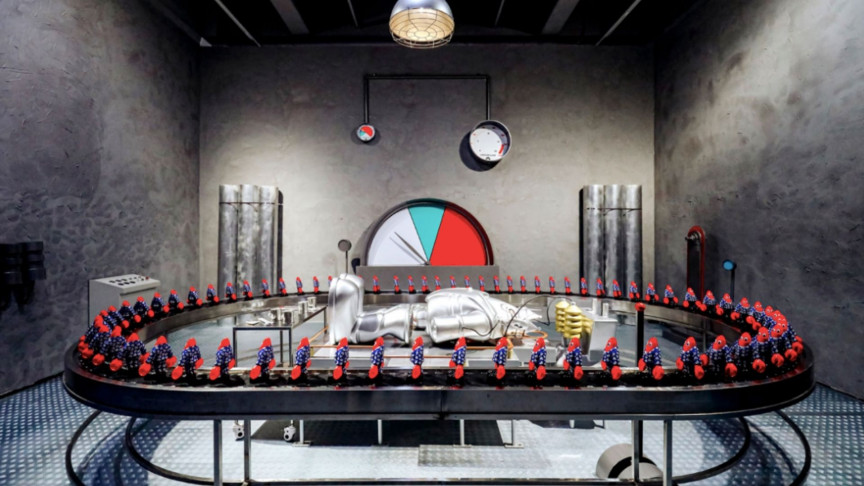
NFT News: British artist uses NFTs to increase science awareness
If you thought that NFTs were more or less digital displays of art made to adorn the walls of your futuristic home, then you really need to read this.
British contemporary artist, Philip Colbert, recently announced his collection of 7,777 lobster portrait NFTs to spread the word about lobsters and what science has to tell us about them.
Non-fungible tokens make headlines when they are sold for millions of dollars. While these pieces were earlier known for being historic timepieces such as the code for the world wide web or the first tweet ever, they have quickly become a medium of expression for artists of all ages and backgrounds.
The lobster connection
Colbert’s NFT collection is also a part of the largest art world in the metaverse called Lobsteropolis City. Covering 57 parcels on Decentraland, this is a unique community art project that you can get access to if you own one of the 7,777 “Lobstar” NFTs.
Colbert’s artwork is not just a fantasy trip in the digital realm but connected very much to the reality of the world. His studio has collaborated with The National Lobster Hatchery and Whitby Lobster Hatchery in the U.K. and for every piece of NFT sold, these hatcheries will release a real lobster into the wild.
Lobsters are an important part of underwater ecosystems and are currently under intense pressure from severe fishing. If not caught, lobsters can live up to 100 years and never actually stop growing. Even though a female lobster can carry up to 40,000 eggs at a time, only one manages to survive in the wild.
Learning about nature, learning from nature
The hatcheries that are part of this collaboration work not only to maintain lobster stock in the seas but also to understand this species better. Through research programs conducted in the past, researchers have found that lobsters are sentient beings, meaning they are capable of feeling pain, distress, and comfort. Similar learnings from studying crabs, octopuses, and other such species prompted the U.K. government to provide protection to these animals from being boiled alive last year.
Studying lobsters has also helped humanity and scientific progress. While studying how lobsters’ eyes work, researchers found that their eyes have thousands of small square tubes that reflect and concentrate them to a single point. Applying this technique, astronomers were able to build X-ray telescopes in space as well as scanners for airports and bomb detectors for the military.
From mushrooms to intellectual property sales
It is not just lobster research and conservation that NFTs are supporting. An American supplements company took the NFT route to spread the word about mushrooms and their health benefits. From pain relief to improving athletic performance, mushrooms are being researched for a wide variety of applications.
To spread the word, the U.S.-based company is banking on its limited-edition hand-designed collectibles that are available on the Ethereum blockchain. The company claims that proceeds from the sales will be directed towards funding Alzheimer’s disease research.
A California-based data platform company, RMDS, wants to use NFT platform to connect scientists with investors. Citing that traditional means of fundraising are time-consuming and laborious, RMDS aims to set up a marketplace for scientific intellectual property, just like art (also an intellectual property) is made available for potential buyers. How this will pan out remains to be seen. But the wait might not be long since the marketplace launch is scheduled in this month.
This content was originally published here.

